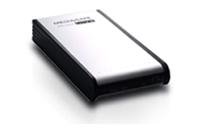My daughter got married in early May. In the tradition of Ole Miss sorority girls, they
had to have a video at the rehearsal dinner. While a friend at work does this for weddings and church events, I figured that doing it myself would give me more time to get ready.
With all the video software that I have, I thought that I must have something that will do that. My first attempt was with Pinnacle Studio 10. It seemed easy to put together but when I rotated the pictures, the aspect ratio got all messed up. And Studio 10 is SO slow on my Athlon XP 2000. Studio 8 is faster but it wouldn't rotate the pictures.
So I went off to try other programs I had. I tried them all.
Ulead DVD MovieFactory is my favorite DVD authoring program and it has a slide show feature. Most of them are more capable with photo management than Studio but they all seemed to have a problem when I played their discs in my DVD player.
The timing of the stills was inconsistent and the music would jump every now and then. I tried burning SVCDs and DVDs with the same results. Finally, I took one of the CDs and looked at the files. To my surprise, even with 15 minutes of slides and music, the CD was relatively empty.
What was happening was that DVDs and (S)VCDs have an alternative format for slide shows that has the DVD player play the still photos subject to the timing that is specified and, at the same time, play the music.
The closest thing I found to documentation of this is the
VCD File/Folder Structure on VideoHelp.com. This shows that on (S)VCDs, the folder SEGMENT can contain up to 999
stills in resolution 704x576 or 352x288. Folder CDDA contains the CD audio files.
What I think was happening with the timing was that the DVD player isn't as consistent as I wanted it to be. So what to do?
I went BACK to Studio 8. But beforehand, I used
Picasa to select the pictures and to do the necessary rotation and cropping. Then I exported them from Picasa to a folder on my desktop. Then I imported them into Studio. Worked like a charm except that I lost the sequence so I had to rejuggle them in Studio. Not a big deal.
To avoid the timing problems with the DVD player, I had Studio render the slide show as a video, not a collection of stills. This made the DVD player think that it was just playing a normal video. Of course, the files were much larger but that had never been a problem anyway. Also, as a work-in-progress, I had Studio render it as a Windows Media file that was 5-6MB and posted it on the web for the bride and groom to preview.
In the end, I created 2 SVCDs, one for the rehearsal dinner with about 15 minutes of slides and music and another for the reception with more than 30 minutes of slides and music. If I'd needed more time, I could have used Studio to create DVDs rather than SVCDs.
Oh, one other thing. I wanted the reception video to play continuously. Studio didn't do that. I
un-authored the SVCD and used Ulead DVD MovieFactory to author another SVCD with the option to play continuously!


 Even without going further than the first screen, I think ask.com has better results. But wait, there's more.
Even without going further than the first screen, I think ask.com has better results. But wait, there's more.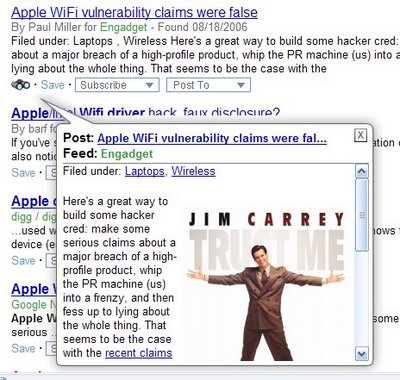 Without even leaving the search results page!
Without even leaving the search results page!

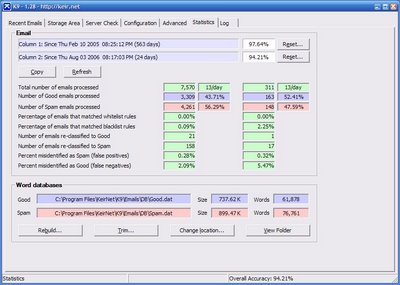


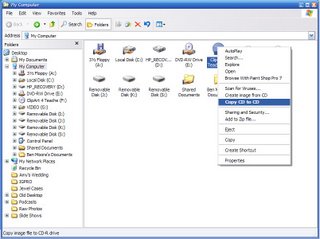









 Then I went to
Then I went to  Since the pictures are slightly different, I went to
Since the pictures are slightly different, I went to 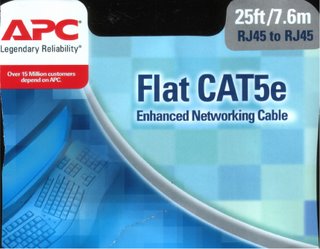


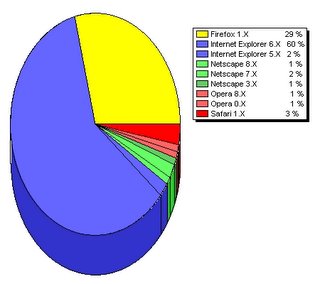
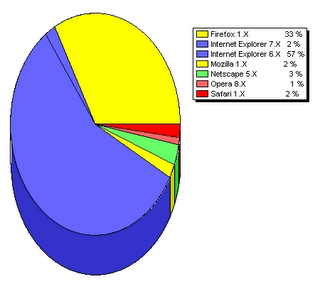




 Seidio Stereo Adapter
Seidio Stereo Adapter










